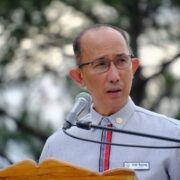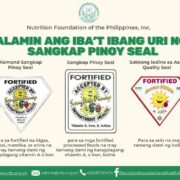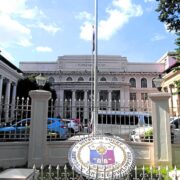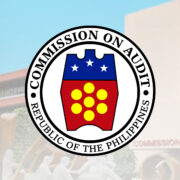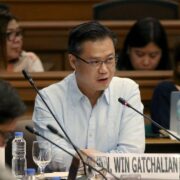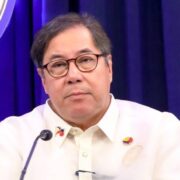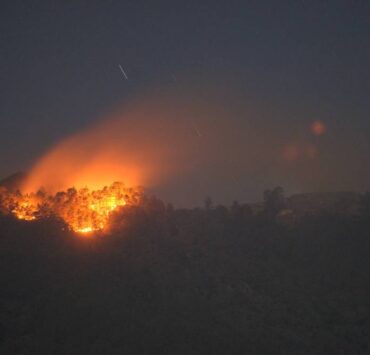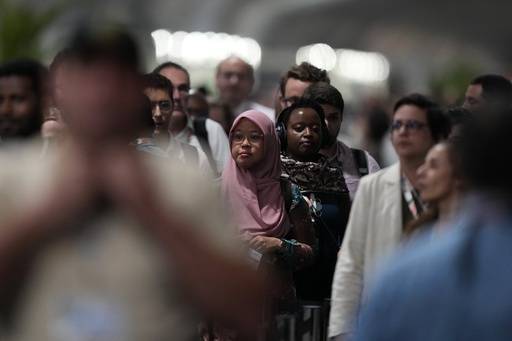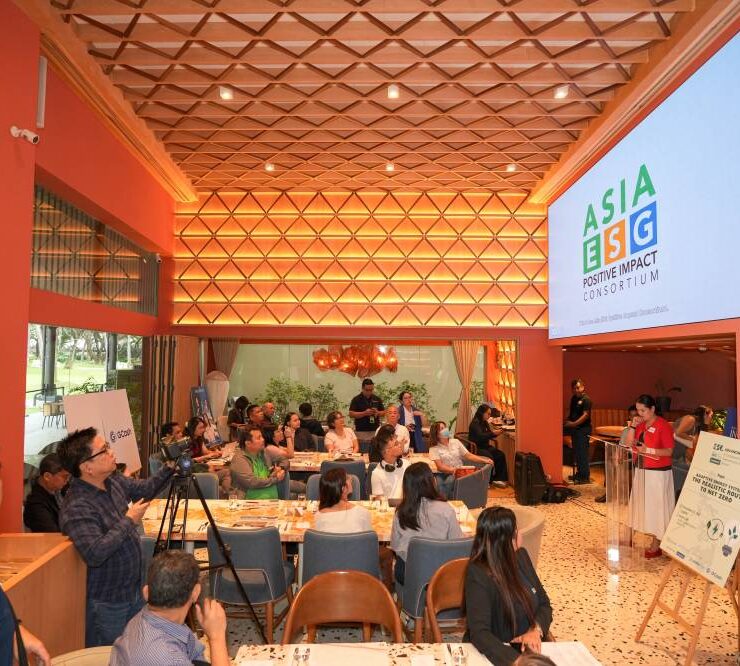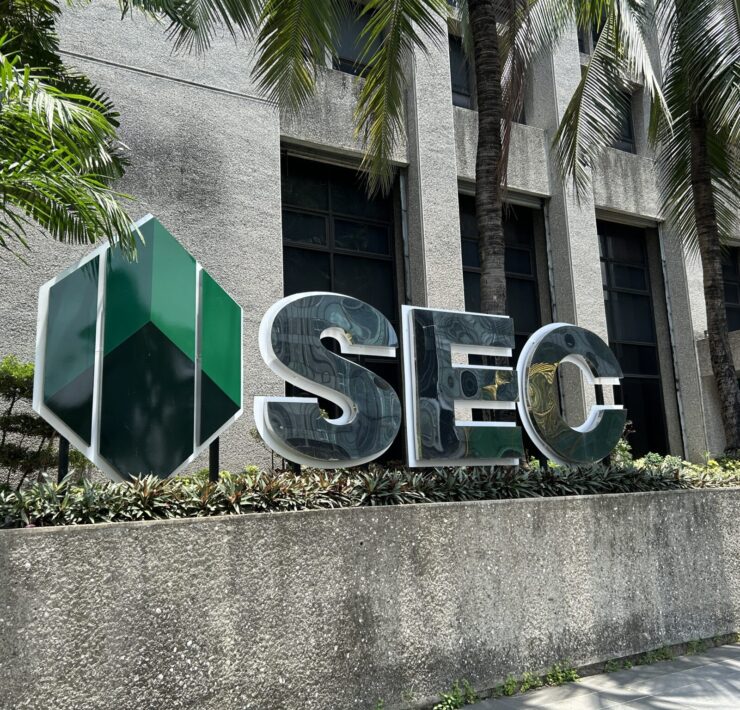Saving—and regrowing—what’s left of our forest cover
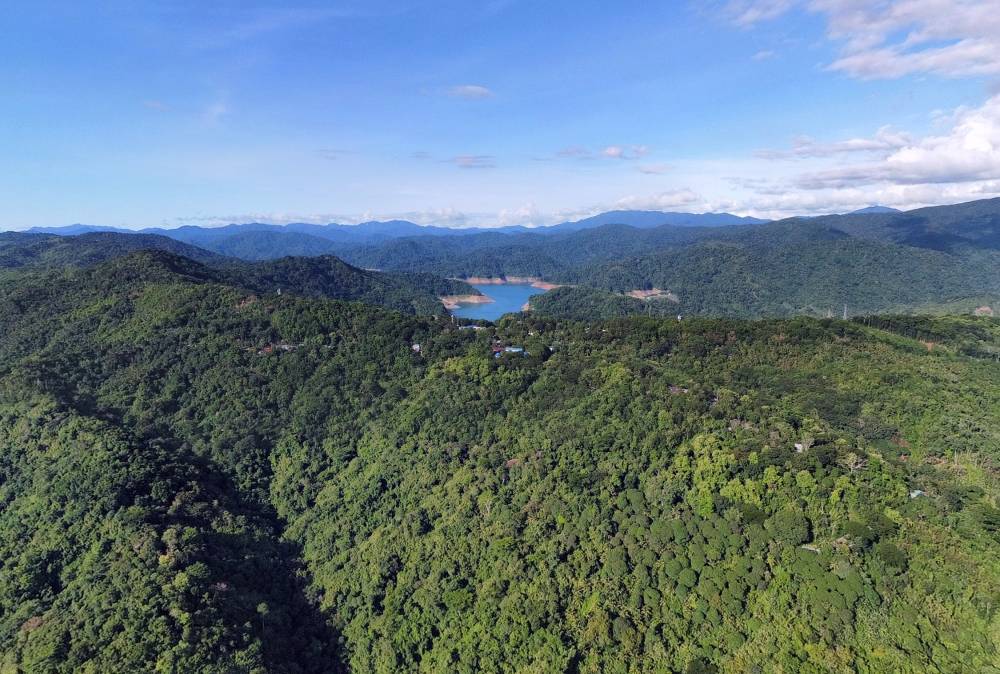
The 15th Sustainable Development Goal (SDG 15) emphasizes the critical importance of biodiversity as humanity’s life support system. The focus on life on land aims to address the relentless depletion of forests, the alarming rate of species extinction, and the need to safeguard key biodiversity areas, encompassing such critical challenges as biodiversity loss, pollution, desertification, land and soil degradation, drought, and deforestation.
In the case of the Philippines, major challenges remain in achieving its SDG 15 objectives. Over the last eight decades, the country has lost an estimated 60-70 percent of its forest cover due to logging, mining, population growth, and other man-made factors.
However, according to the country’s Voluntary National Review in 2022, the country’s forest cover modestly increased from 7.01 million hectares in 2010 to 7.18 million hectares in 2021. As of the same year, there were 8.7 million hectares of forestland under effective management arrangements, due in part to a decade of rehabilitation and protection efforts.
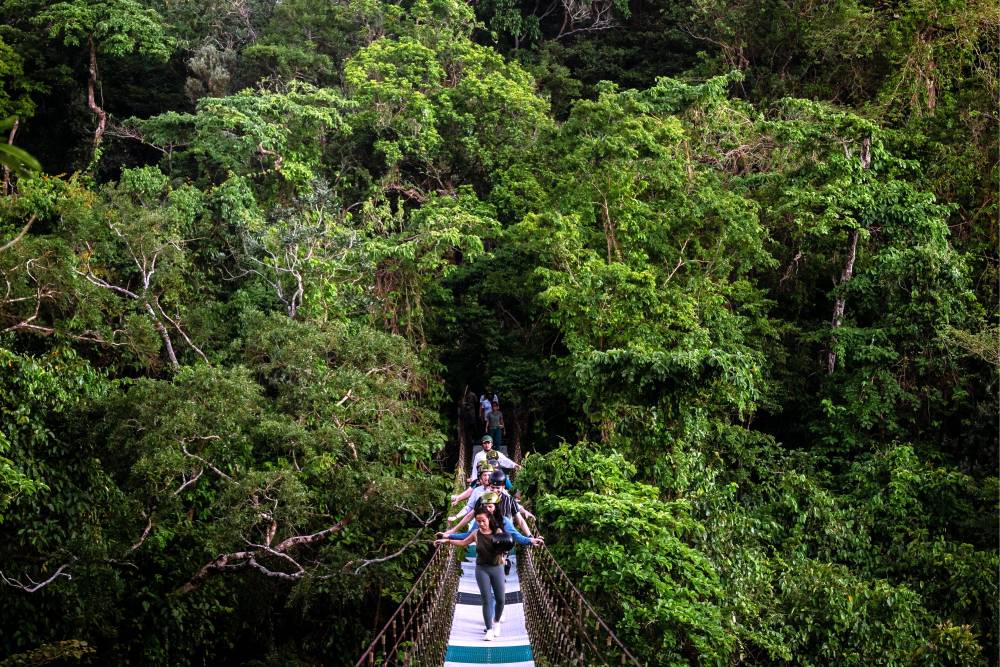
Such efforts include the National Greening Program (NGP), which is the country’s most ambitious reforestation program to date. Executive Order No. 26, signed on Feb. 24, 2011, by former President Benigno S. Aquino III, serves as the legal basis for the implementation of the NGP.
In 2015, another executive order was issued to expand the NGP’s coverage from 2016 to 2028, ordering the rehabilitation of all remaining unproductive, denuded, and degraded forestlands estimated at 7.1 million hectares.
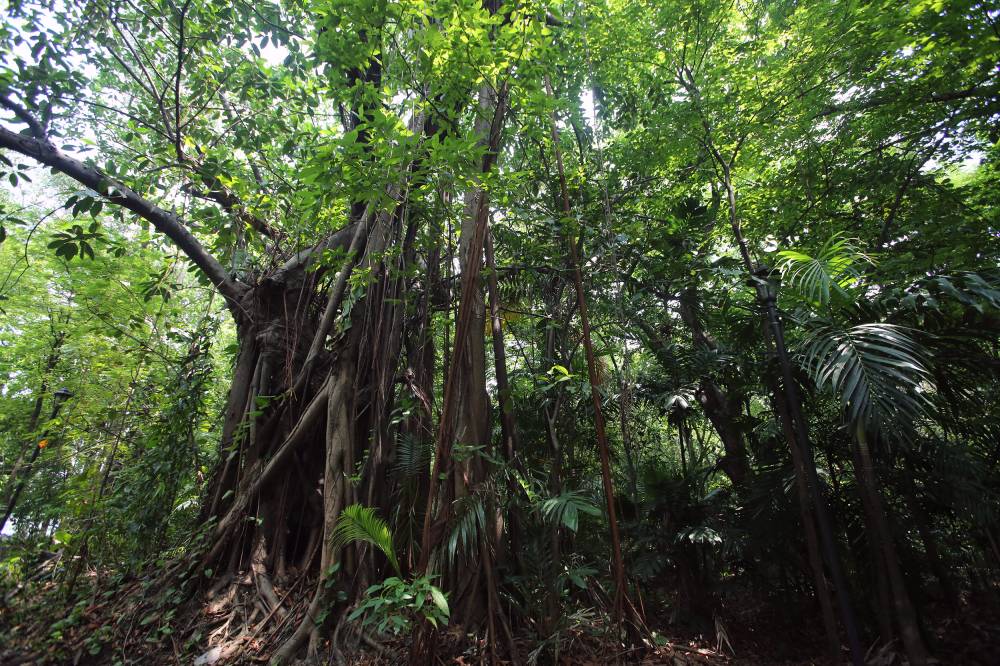
The NGP sought to plant 1.5 billion trees in 1.5 million hectares for a period of six years, from 2011 to 2016. The order provides that the NGP shall be implemented by the Department of Agriculture, the Department of Agrarian Reform, and the Department of Environment and Natural Resources (DENR) as the lead agency.
Launched on May 13, 2011, with a ceremonial planting of a narra sapling at the DENR’s Heroes Park, the NGP seeks to bring back the vegetative cover of the country’s upland areas. It was designed to achieve more than reforestation; it also aims to contribute to reducing poverty among upland and lowland poor households and indigenous peoples in coastal and urban areas, and implement sustainable management of natural resources through resource conservation, protection, and productivity enhancement.
Per its 2022 report, the NGP has planted an area of over 45,947.60 hectares with 33,927,964 seedlings. As of the third quarter of that year, 174,115 jobs had also been generated and 35,415 persons employed.
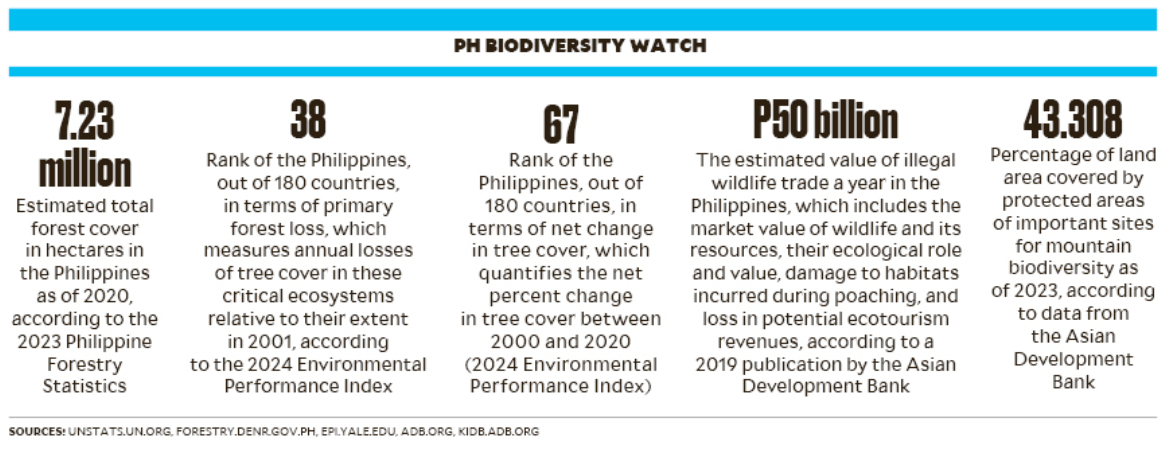
The following year, in 2023, the government allocated P2.39 billion for the NGP under the 2023 General Appropriations Act. By then, the program was covering a land area of 13,565 hectares and required the planting of 7,249,642 seedlings and the maintenance of around 158,843 hectares of land.
At the end of the program, it is expected that the country’s forest cover has increased by 12 percent from the 2003 level of 7.2 million hectares, with an 85 percent survival rate; an increase of 8 percent in carbon sequestration, or 36 million tons per year to 38.9 million tons per year; increased water-holding capacity; reduced downstream flooding and soil erosion; and improved environmental services. The NGP is also expected to bring about increased and sustainable supply of forest-based raw materials, increased economic activity in the uplands, and optimized utilization of upland resources.
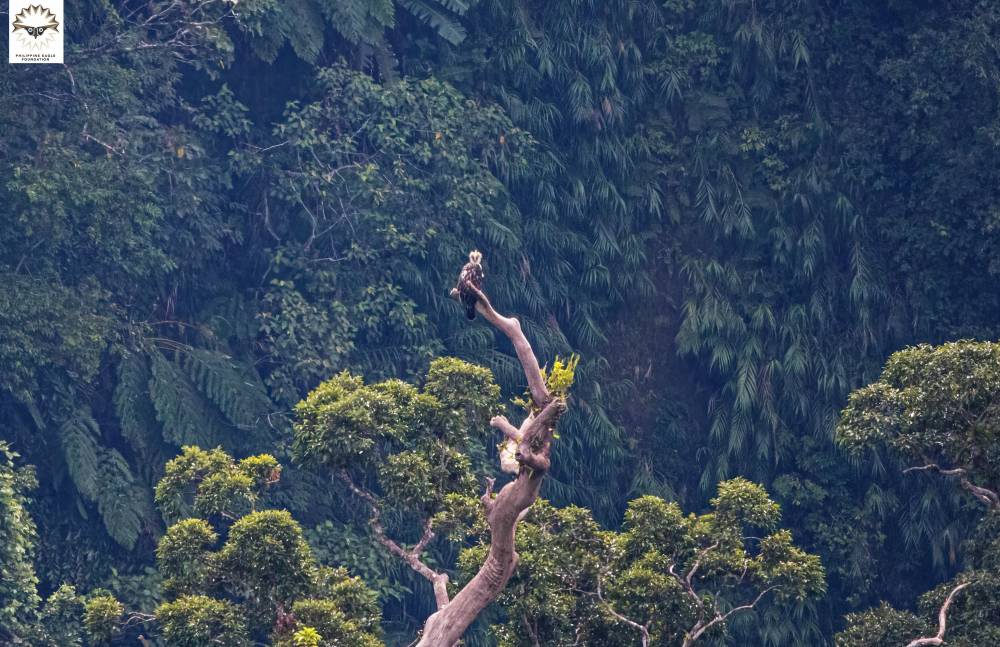
Other Philippine initiatives in line with the targets and goals of SDG 15 include the establishment of 73 terrestrial protected areas covering an area of more than 1.6 million hectares, according to the 2022 VNR. Official development assistance and public expenditure for the conservation and sustainable use of biodiversity and ecosystems have also increased by $218.4 million from $2,071.19 million to $2,290.3 million, respectively. The government allocated P464.5 billion in 2023 to address climate change, which was 60.1 percent higher compared to its P289.7 billion allocation in 2022.
Sources: sdgs.un.org, dashboards.sdgindex.org, sustainabledevelopment.un.org, undp.org, naturbasedsolutionsinitiative.org, denr.gov.ph, dbm.gov.ph


